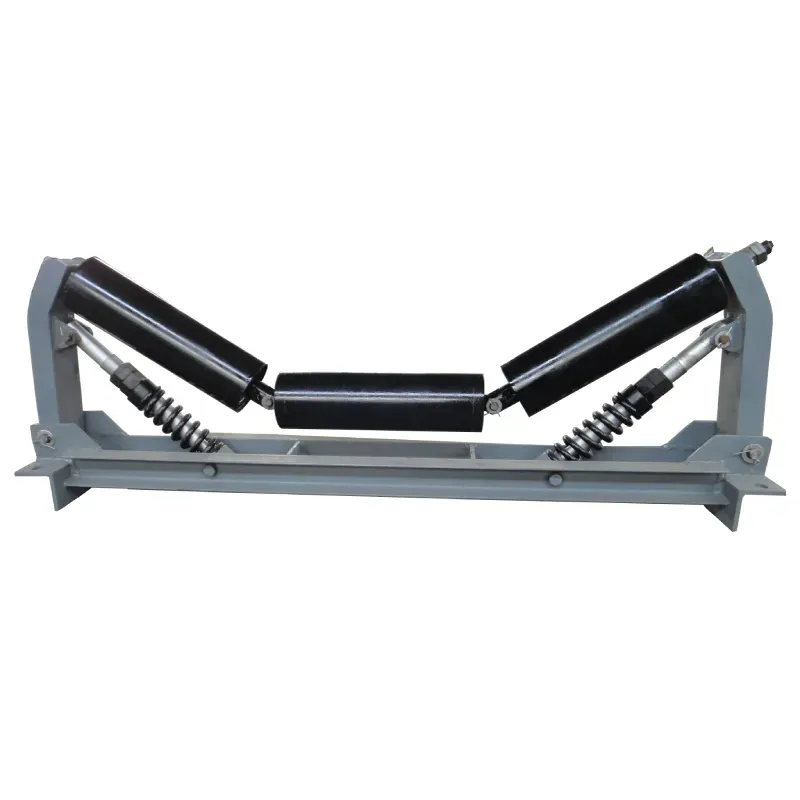 Afrikaans
Afrikaans  Albanian
Albanian  Amharic
Amharic  Arabic
Arabic  Armenian
Armenian  Azerbaijani
Azerbaijani  Basque
Basque  Belarusian
Belarusian  Bengali
Bengali  Bosnian
Bosnian  Bulgarian
Bulgarian  Catalan
Catalan  Cebuano
Cebuano  Corsican
Corsican  Croatian
Croatian  Czech
Czech  Danish
Danish  Dutch
Dutch  English
English  Esperanto
Esperanto  Estonian
Estonian  Finnish
Finnish  French
French  Frisian
Frisian  Galician
Galician  Georgian
Georgian  German
German  Greek
Greek  Gujarati
Gujarati  Haitian Creole
Haitian Creole  hausa
hausa  hawaiian
hawaiian  Hebrew
Hebrew  Hindi
Hindi  Miao
Miao  Hungarian
Hungarian  Icelandic
Icelandic  igbo
igbo  Indonesian
Indonesian  irish
irish  Italian
Italian  Japanese
Japanese  Javanese
Javanese  Kannada
Kannada  kazakh
kazakh  Khmer
Khmer  Rwandese
Rwandese  Korean
Korean  Kurdish
Kurdish  Kyrgyz
Kyrgyz  Lao
Lao  Latin
Latin  Latvian
Latvian  Lithuanian
Lithuanian  Luxembourgish
Luxembourgish  Macedonian
Macedonian  Malgashi
Malgashi  Malay
Malay  Malayalam
Malayalam  Maltese
Maltese  Maori
Maori  Marathi
Marathi  Mongolian
Mongolian  Myanmar
Myanmar  Nepali
Nepali  Norwegian
Norwegian  Norwegian
Norwegian  Occitan
Occitan  Pashto
Pashto  Persian
Persian  Polish
Polish  Portuguese
Portuguese  Punjabi
Punjabi  Romanian
Romanian  Russian
Russian  Samoan
Samoan  Scottish Gaelic
Scottish Gaelic  Serbian
Serbian  Sesotho
Sesotho  Shona
Shona  Sindhi
Sindhi  Sinhala
Sinhala  Slovak
Slovak  Slovenian
Slovenian  Somali
Somali  Spanish
Spanish  Sundanese
Sundanese  Swahili
Swahili  Swedish
Swedish  Tagalog
Tagalog  Tajik
Tajik  Tamil
Tamil  Tatar
Tatar  Telugu
Telugu  Thai
Thai  Turkish
Turkish  Turkmen
Turkmen  Ukrainian
Ukrainian  Urdu
Urdu  Uighur
Uighur  Uzbek
Uzbek  Vietnamese
Vietnamese  Welsh
Welsh  Bantu
Bantu  Yiddish
Yiddish  Yoruba
Yoruba  Zulu
Zulu Optimizing Conveyor Belt Efficiency with Return Rollers Solutions
Understanding Return Rollers for Conveyor Belts
In various industries, conveyor belts play a crucial role in the efficient movement of materials. A key component of these conveyor systems is the return roller, which facilitates smooth operation and ensures that the belt function efficiently. This article discusses the importance, types, and maintenance of return rollers for conveyor belts.
Importance of Return Rollers
Return rollers are primarily responsible for supporting the conveyor belt as it moves back to its original position after delivering materials to their destination. They are strategically placed along the return path of the conveyor, allowing for better belt tracking and reducing the risk of wear and damage.
One of the main functions of return rollers is to provide stability. A stable return path helps maintain proper alignment of the belt and prevents misalignment, which can lead to tangling or damage over time. Furthermore, maintaining the right tension in the belt is essential for efficient operation. Return rollers play a significant role in achieving this by ensuring that the belt is evenly supported throughout its length.
Another advantage of using return rollers is the minimization of friction. Low-friction return rollers can reduce the overall energy consumption of the conveyor system, leading to operational savings over time. This is particularly significant in large-scale operations where conveyor systems run continuously.
Types of Return Rollers
There are several types of return rollers available, each designed for specific applications and environments. Some common types include
1. Flat Return Rollers These are the most basic type and are commonly used in various applications. They provide a smooth surface for the belt to glide over, helping to reduce wear.
2. Rubber Coated Return Rollers These rollers have a rubber coating that helps absorb shock and reduce noise levels. They are ideal for environments where noise reduction is a priority.
3. Self-Aligning Return Rollers Designed to keep the belt centered, self-aligning rollers have a design that allows them to pivot slightly. This feature helps in maintaining proper belt alignment, especially in applications with heavy loads.
return roller for conveyor belt

4. Idler Rollers Used not only in return applications but also throughout the conveyor system, idler rollers support the belt and help reduce friction. They are critical in ensuring smooth operation.
5. Crowned Rollers These rollers have a convex shape, which helps to keep the belt centered. They are particularly beneficial in applications where belt tracking is a concern.
Maintenance of Return Rollers
Regular maintenance of return rollers is essential for the longevity and efficiency of the conveyor system. Here are some key maintenance tips
- Inspect Regularly Periodic inspection of return rollers for signs of wear, damage, or misalignment can help identify issues before they become severe.
- Lubrication Keeping the bearings of the rollers lubricated reduces friction and helps in achieving optimal performance. Be sure to use the appropriate lubricant recommended by the manufacturer.
- Monitor Belt Tension Ensure that the tension of the conveyor belt is maintained within the recommended limits. Over-tightening can cause premature wear on both the belt and the return rollers.
- Replace Worn Rollers If any rollers show significant wear or damage, they should be replaced promptly to avoid further issues with the conveyor system.
Conclusion
Return rollers are integral components of conveyor belt systems, providing the necessary support and stability for efficient material handling. Understanding the various types of return rollers and their maintenance needs is essential for operators and engineers alike. By investing time in inspecting and maintaining these critical components, businesses can ensure that their conveyor systems operate smoothly and effectively, ultimately leading to increased productivity and cost savings.
-
Revolutionizing Conveyor Reliability with Advanced Rubber Lagging PulleysNewsJul.22,2025
-
Powering Precision and Durability with Expert Manufacturers of Conveyor ComponentsNewsJul.22,2025
-
Optimizing Conveyor Systems with Advanced Conveyor AccessoriesNewsJul.22,2025
-
Maximize Conveyor Efficiency with Quality Conveyor Idler PulleysNewsJul.22,2025
-
Future-Proof Your Conveyor System with High-Performance Polyurethane RollerNewsJul.22,2025
-
Driving Efficiency Forward with Quality Idlers and RollersNewsJul.22,2025





























